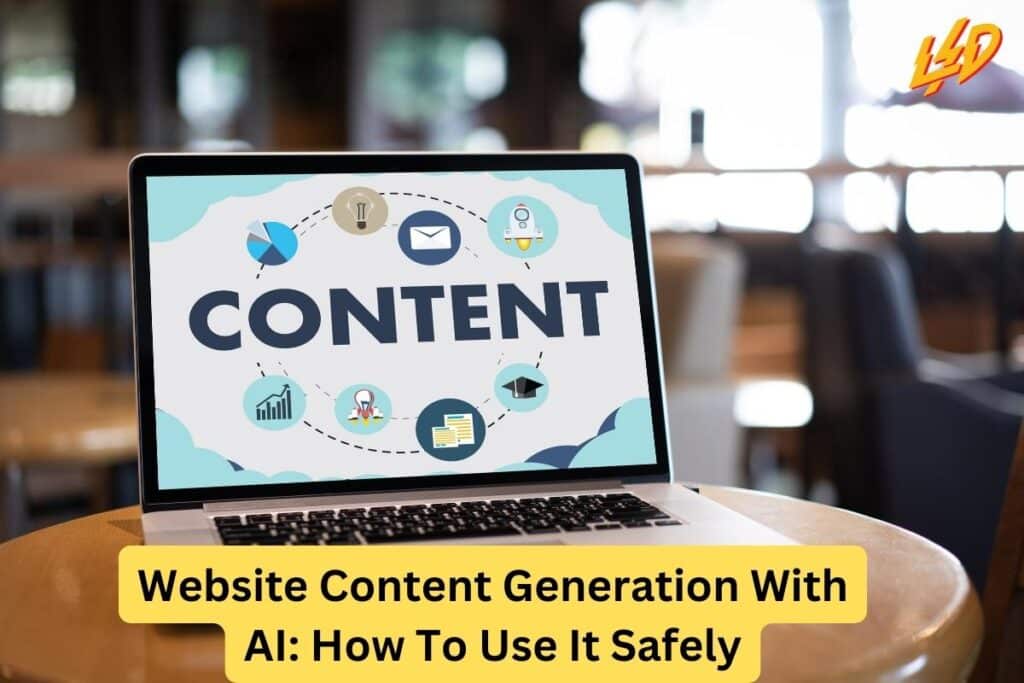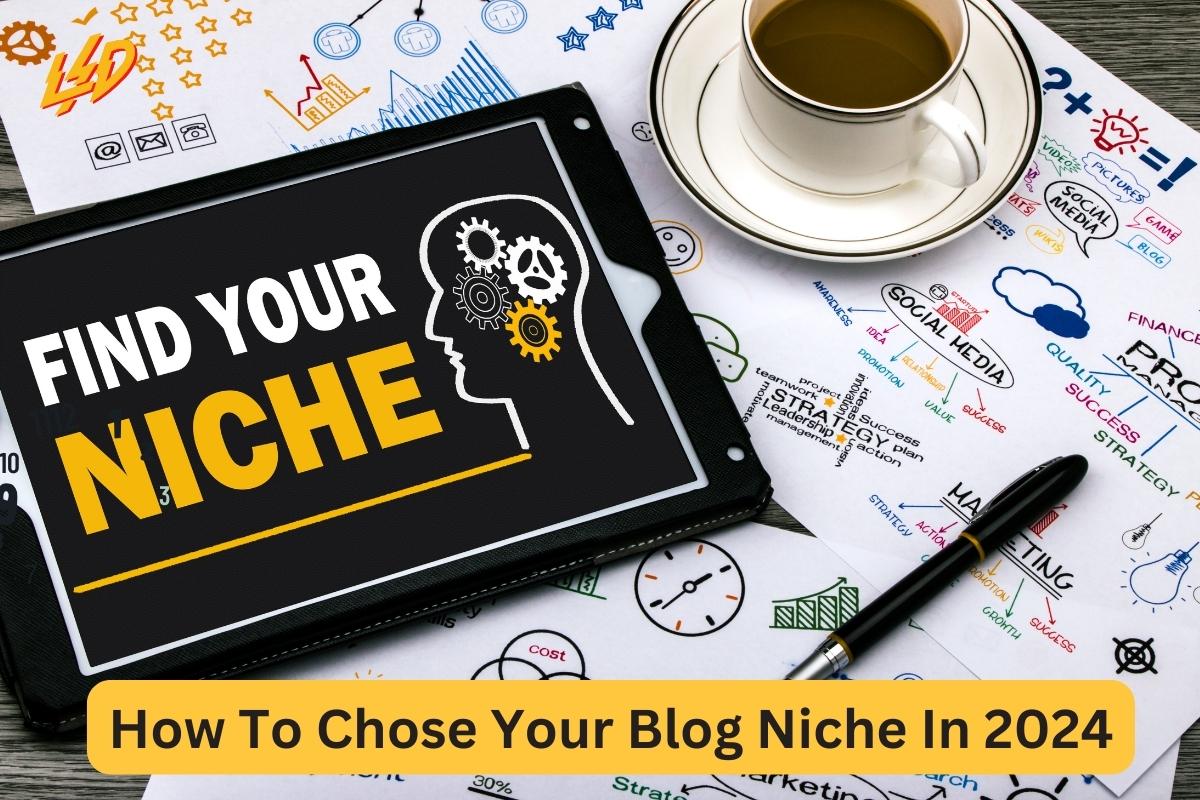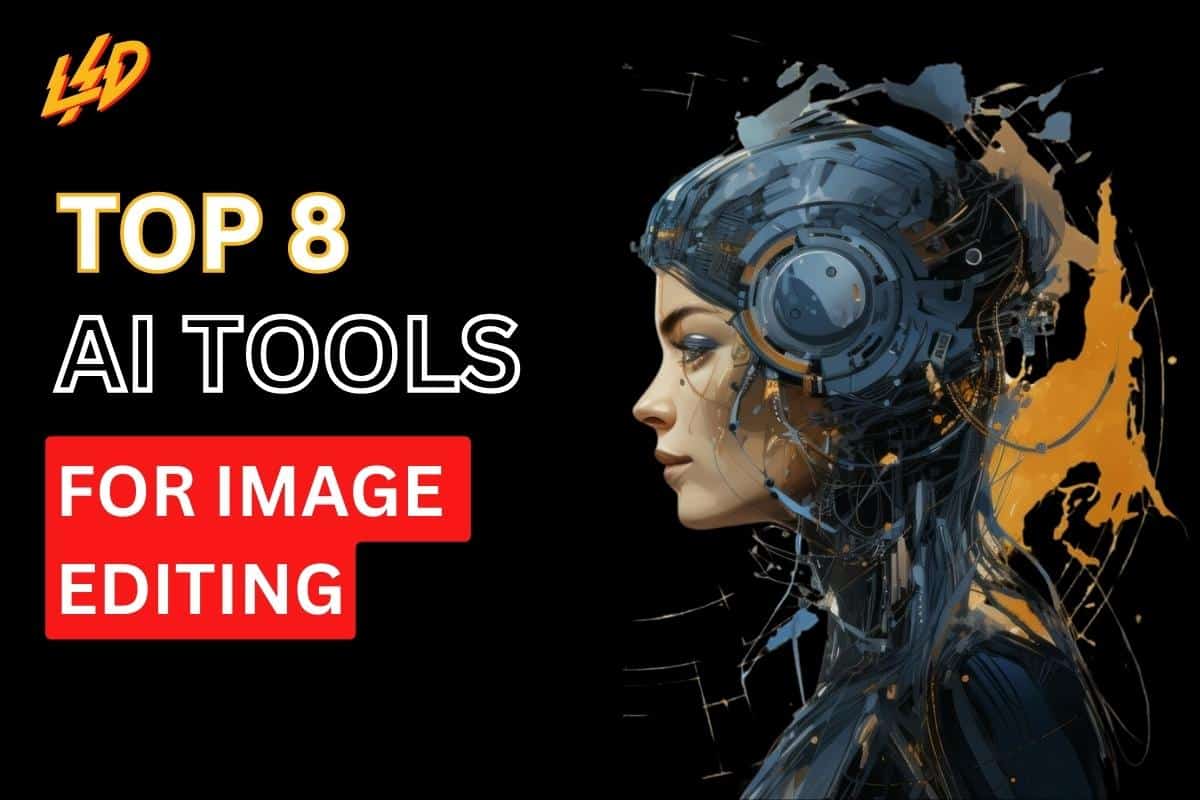Artificial intelligence (AI) has revolutionized content generation, transforming the way businesses create and distribute material. However, like any powerful tool, AI presents both incredible opportunities and potential risks. In this detailed guide, we unpack the complexities of using AI in content creation, providing a roadmap for leveraging this technology safely and ethically.
Understanding AI-Generated Content
AI content generation involves using machine learning to produce human-like text. Businesses are drawn to AI for its efficiency, the ability to produce vast quantities of content rapidly, and the potential to lower operational costs. However, with these benefits come significant concerns. Quality control, ethical usage, and the potential for copyright infringement are just the tip of the iceberg.
The Benefits
The most obvious perk is speed. AI can generate in minutes what might take human writers hours or days. This acceleration can be the difference between being on-trend or being a day late in the fast-paced digital world. Additionally, AI’s capacity for multivariate testing enables users to optimize heavily for different metrics.
The Risks
The most immediate risk is quality slippage. While AI is learning, it isn’t perfect. Nuance, tone, and context are often lost in translation, even with the most advanced systems. There’s also the ethical and legal minefield of plagiarism. AI models have sometimes been trained on data that includes copyrighted work or that’s been gathered without the original author’s consent.
Ensuring Ethical Use of AI
To avoid the pitfalls of AI-generated content, understanding the ethics involved and putting safeguards in place is crucial.
The Importance of Transparency and Disclosure
Any content generated with AI should be clearly marked as such. Transparency is not just about honesty; it’s about establishing trust with your audience. Content consumers have a right to know when they’re interacting with a machine and not a human. Tools that generate computer art are often considered vulnerable to abuse, and content generation tools could face a similar stigma without transparent usage.
Avoiding Plagiarism and Copyright Infringement
When using AI for content generation, consider the source of the data it’s trained on. Make sure it doesn’t contain copyrighted materials, or if it does, ensure AI systems are properly attributing content or that you have the rights to use the material. A non-disclosure statement within AI systems should not be a substitute for due diligence.
Maintaining Human Touch
AI content generation is not a replacement for human creativity; it’s a supplement. It’s up to human editors to ensure the final product is polished and aligns with the brand’s voice and values.
Balancing Automation with Human Creativity
Automating the generation part frees up human creators to focus on more complex and context-rich tasks, like analyzing the data generated from AI to inform strategic decisions.
Editing and Polishing AI-Generated Content
Humans should always have the final say on content. Editing AI-generated text for accuracy, relevance, and coherence ensures the content fits its purpose and audience. The goal isn’t perfection; it’s authenticity and value.
Best Practices for AI-Generated Content
For content to be consistently great, it requires a thoughtful strategy and execution. Putting the right practices in place can ensure AI is employed efficiently and effectively.
Setting Clear Goals and Guidelines
Before turning an AI loose, be clear about what you want it to do. Set specific goals, like generating social media posts or product descriptions. Establishing guidelines, such as character count or sentiment, further refines AI’s output.
Training and Fine-Tuning AI Models
Training AI models can be a time-consuming process, but it’s also an essential one. Supervised learning, where models are given labeled data, can make AI more accurate and attuned to your brand’s objectives.
Collaborating with AI Rather Than Relying on It Entirely
Use AI as a collaborative partner, not a replacement. Algorithms are only as good as the data they’re trained on and the humans guiding them. Create a feedback loop to continually improve the model’s performance.
Monitoring and Quality Control
The final—and perhaps most important—step is refining the art of quality control, ensuring that AI-generated content is appropriate, accurate, and valuable.
Regular Review and Editing
Content should never be immediately published without being reviewed by a human. Editorial oversight is non-negotiable when it comes to AI, and it’s imperative for maintaining a high standard.
Ensuring Accuracy, Relevance, and Coherence
AI systems need to be regularly monitored and adjusted to maintain quality. Ensure the content is always accurate, relevant to the topic, and coherently structured. Sometimes, a human writer will still provide the best solution.
Strategies for Minimizing AI Detection in Content
To minimize the detection of AI in content generation, the focus should be on humanization and personalization. This entails post-processing AI-generated content to inject a human element that AI alone may not convincingly replicate.
Humanization Through Editing
Post-processing by human editors can drastically reduce the detectability of AI-generated content. Editors should seek to add personal anecdotes, industry experience, and a unique voice that reflects a real person’s insights and expertise. This personal touch makes the content resonate more authentically with readers.
Infuse Personal Style and Voice
One way to make AI-generated content appear more human is to align it with an individual or brand’s unique style and voice. This might include adjusting the vocabulary, sentence structure, and narrative flow to mimic the nuances of human writing patterns that an AI may not consistently emulate.
Incorporate Up-to-Date and Specific Information
AI tends to operate off of a set dataset that may be outdated. By incorporating the latest news, trends, and references that are specific to the time and context of the publication, the content can feel more current and less like it was generated by an AI working from old or generalized information.
Include Interactive Elements
Adding interactive elements like questions for the readers, calls to action, or requests for feedback can make the reader feel engaged in a conversation rather than just consuming a piece of text. This tactic helps reduce the perception that the content is AI-generated, as it encourages a two-way exchange that is more typical of human interaction.
Blend AI and Human Content
Combining AI-generated content with segments written by human authors can effectively mask the presence of AI. Readers may find it challenging to discern where the AI’s contribution ends and the human’s begins, lending a more organic feel to the entire piece.
By implementing these strategies, creators can reduce the likelihood of AI detection in generated content, thereby bridging the gap between efficiency and authenticity.
Conclusion
AI content generation is an incredibly powerful tool with the potential to transform businesses’ digital strategies. However, like any tool, it requires careful handling. By educating ourselves on the capabilities and limitations of AI, setting ethical guidelines, maintaining human involvement, and constantly monitoring and improving our processes, we can ensure AI enhances our content creation efforts safely.
As we continue to navigate the integration of AI into the digital content landscape, our approach to its use will set the standard for the industry. It’s an exciting, if challenging, time to be in content creation. By following the principles outlined in this guide, we can harness the power of AI to its full potential while leaving our unique and human mark on the digital world.
AI content creation, ethical AI practices, human oversight in AI, content generation with AI, AI and content strategy
View More: 10 Digital Marketing Hacks to Boost Your Sales: Cheat Sheet
Frequently Asked Questions (FAQs):
Q. What is AI content generation, and how does it work?
- AI content generation utilizes artificial intelligence to create text, imagery, or other content types. It works through machine learning algorithms that analyze vast datasets to produce content that aligns with specified parameters such as tone, style, and subject matter.
Q. Can AI-generated content replace human writers?
- While AI can rapidly generate content and assist with certain types of writing tasks, it is not a complete substitute for human writers. Human creativity, understanding of complex context, and emotional intelligence are crucial for high-quality content that AI currently cannot replicate.
Q. Is the use of AI in content creation ethical?
- The ethical use of AI in content creation depends on transparency, responsible data usage, and adherence to copyright laws. It’s essential to disclose the use of AI and ensure that all content complies with ethical standards and legal requirements.
Q. How do you ensure the quality of AI-generated content?
- Quality assurance for AI-generated content involves regular human review and editing to correct any inaccuracies or inconsistencies. Setting clear goals and guidelines, and continually training and fine-tuning AI models are also key practices for maintaining high-quality content.
Q. How will AI affect the future of content creation?
- AI is poised to significantly impact the future of content creation by streamlining the production of certain content types, enhancing personalization, and offering new opportunities for efficiency and creativity. Its role will likely grow, but human oversight and intervention will remain crucial to preserve quality and authenticity.

















